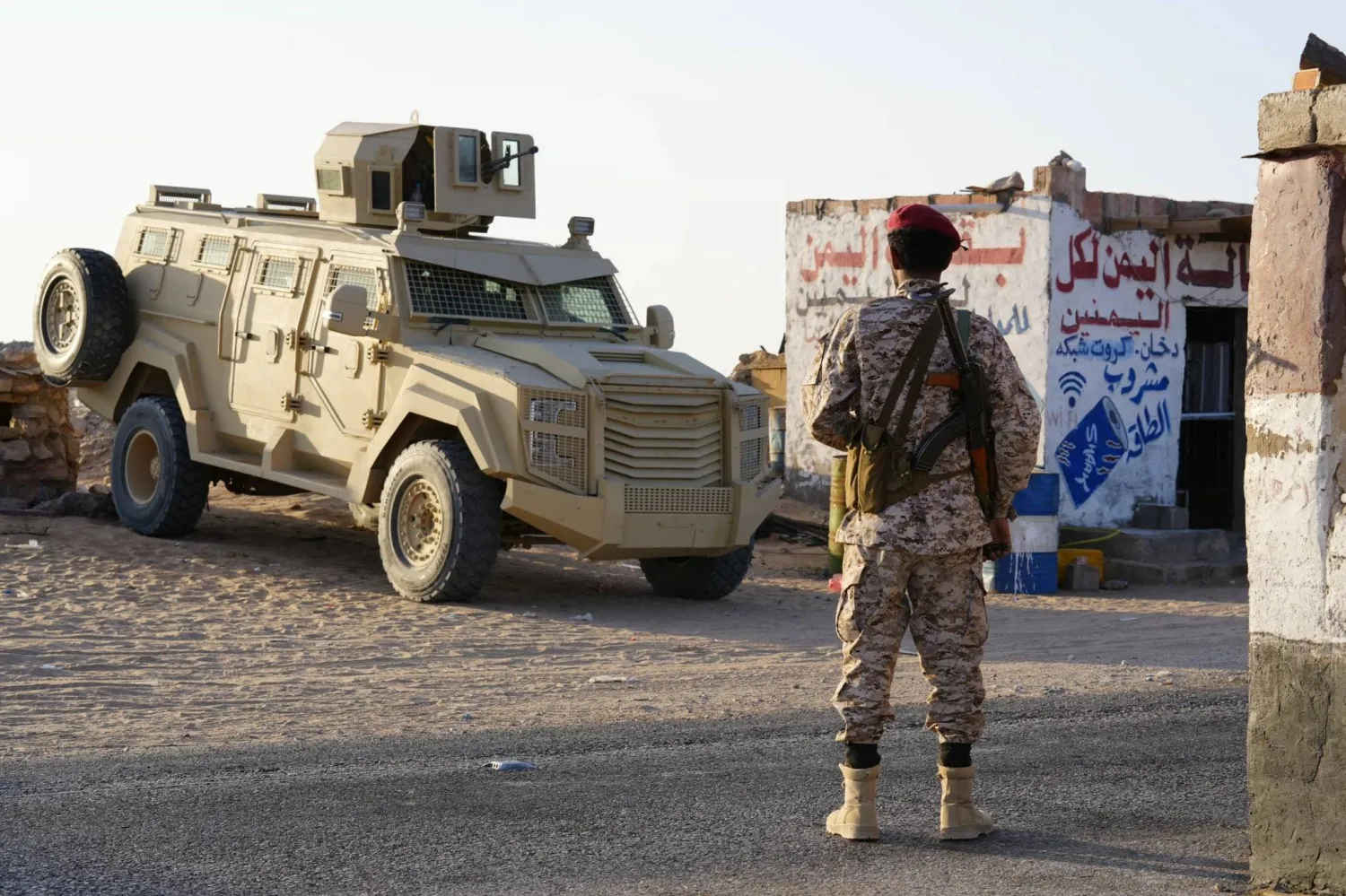Disputes between leader of the Free Patriotic Movement Gebran Bassil and Deputy Speaker and FPM official Elias Bou Saab have ended with a rift two years after murky ties between the two.
Bou Saab is not the first to be eliminated from the party. Bassil eliminated several prominent officials from the party in recent years.
Bou Saab was a prominent figure of the FPM and adviser to former President and founder of the FPM, Michel Aoun.
“Bou Saab is no longer among the ranks of the party”, prominent sources told Asharq Al-Awsat. “He has not taken part in the meetings of the (FPM’s) parliamentary bloc in months”.
Two Years of Differences
The first sign of the differences between Bassil and Bou Saab began during the 2022 parliamentary elections. Bassil was blamed for supporting an FPM candidate on the party’s electoral lists in the Metn area other than Bou Saab.
Divisions got deeper after the elections when the candidates for the post of deputy speaker were named.
FPM deputies and lawmakers of the Amal and Hezbollah parties had all voted in favor of Bou Saab who enjoyed the backing of Speaker Nabih Berri, the leader of Amal party.
This “silent dispute” did not shatter the relations between the two men, nor did it affect Bou Saab’s relation with Aoun. Bou Saab, a deputy speaker and parliamentarian, had continuous contacts with Berri, and played a “mediating” role between the FPM and Aoun on one hand, and Berri on the other before the presidential vacuum.
Bou Saab also had a negotiator role with US official Amos Hochstein who mediated the demarcation of Lebanon’s maritime border with Israel in 2022.
Different Relations with the Political Components
Tense relations peaked between the two during the presidential elections. FPM lawmakers were casting blank ballot votes while Bou Saab voted in favor of former minister Ziad Baroud.
In the final presidential election session, Bou Saab was accused of not abiding by an agreement struck between the Lebanese Forces party, the Progressive Socialist Party and the FPM to support former minister Jihad Azour.
In a televised interview two months before, Bou Saab said that Marada leader Sleiman Franjieh had the highest stakes to win the elections. He said that he would vote for him if his triumph stands at one vote.
According to sources, who spoke on condition of anonymity, the differences between the two grew to their highest that Bassil could no longer tolerate, which drove him to eliminate Bou Saab.
Sources informed about the atmosphere with the FPM said the move is unlikely to affect the political future of Bou Saab.
They said his presence as a lawmaker is not linked to the FPM. He was a deputy before the FPM and will continue to be one despite any developments.
Lebanon: Bassil Eliminates Bou Saab from FPM after Differences over Presidency

Gebran Bassil, a lawmaker and former minister stands as Lebanon's parliament convenes in a bid to elect a head of state to fill the vacant presidency, in downtown Beirut, Lebanon June 14, 2023. REUTERS/Mohamed Azakir

Lebanon: Bassil Eliminates Bou Saab from FPM after Differences over Presidency

Gebran Bassil, a lawmaker and former minister stands as Lebanon's parliament convenes in a bid to elect a head of state to fill the vacant presidency, in downtown Beirut, Lebanon June 14, 2023. REUTERS/Mohamed Azakir
لم تشترك بعد
انشئ حساباً خاصاً بك لتحصل على أخبار مخصصة لك ولتتمتع بخاصية حفظ المقالات وتتلقى نشراتنا البريدية المتنوعة







